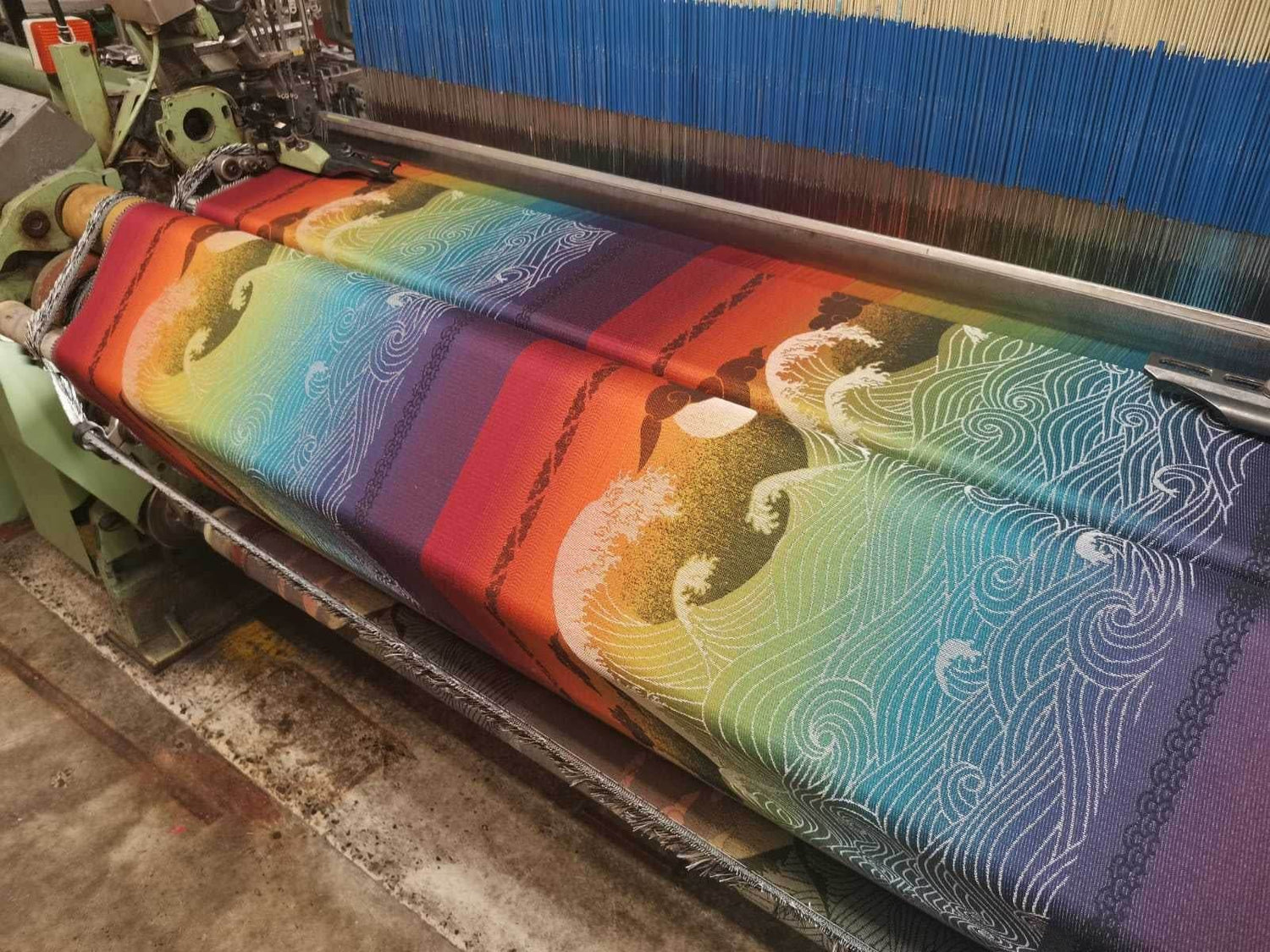
Warp, Weft & Weave Structure | How Baby Wraps are Made | Oscha
What is Weaving?
Weaving is the process of interlacing vertical and horizontal threads at right angles to create a textile. People around the world have practiced weaving for thousands of years, and they use it to create many kinds of fabrics. By varying the way threads are woven, different surface appearances are created. As with any specialized activity, there are words related to the weaving process and equipment.
Basic Weave Terminology
Warp - The warp thread functions as the skeleton of your weave and holds the tension while you are weaving. It is normally strung vertically over the loom.

Weft - The weft thread is used to weave between the warp threads horizontally. By using different weaving techniques and yarns of varying colour and thickness, a decorative pattern can be created.
Basic Weave Terminology
Ends – One singular warp yarn is named an end.
Pics - One singular weft yarn is named a pic.
Loom - A frame or machine for interlacing at right angles two or more sets of threads or yarns to form a cloth
Jacquard – Jacquard fabric is a type of fabric woven on a Jacquard loom. The jacquard loom was invented in 1801 and was the first loom that automatically created complex textile patterns. This led to the mass production of cloth with intricate designs. Today at Oscha all Jacquard looms we use are fully computerised enabling more complex patterns to be woven directly into the cloth. This gives us the opportunity to be creative & intricate with the artwork on our wraps whilst creating a resilient strong but beautifully soft cloth that is ideal for wrapping.
At Oscha we mostly use 100% organic combed cotton for our warp thread in our baby sling fabric as this makes an excellent base - it is soft, durable, holds rich colours and is easy care. We then usually use the weft yarns to add different textures and qualities, such as slubby 'confetti' silks or linen, hemp and wool. Learn more about yarns
Occasionally we may play with the warp yarn to create a significantly different feel, for instance, Sea Island cotton is a very luxurious cotton and lends an even more intense shimmer, cush and softness. Or Superwash wool, which allows us to make 100% wool slings with a lovely bounce and glide.
Cloth constructions used at Oscha for woven baby wraps
Here at Oscha we mostly use 3 different types of construction within our jacquard cloth for baby slings and carriers, each one creates unique opportunities to highlight yarns and create a different feel, as well as different wrapping qualities.
Standard Weave Oscha's standard cloth for baby wraps is constructed in a warp satin and weft sateen weave. The satin allows for warp ends to predominantly show on the face of the fabric and the sateen allows for the weft pics to predominantly show on the face of the fabric. When the two are combined this is when striking and clear patterns can be created in our cloth.


This structure gives a beautiful shimmer from the satin areas of the warp yarn, which appear very smooth on the surface of the fabric. It allows us to play with all kinds of yarn weights and types. The blends of yarns used, mixed with the weave structures and pattern are the 3 main components to consider when designing a new fabric.
Hybrid Weave - Oschas hybrid weaves allow for two colours to be used in the weft, these then alternate in a specific way in the weft plan which means the overall fabric when woven can have 2 clear colours within the weft on top of the colours used in the warp.
Usually, we will use finer yarns in the weft and have a higher pic rate. This is due to the way the weft plan of a hybrid cloth is laid out. Weaving in this way helps to achieve a clearer definition of colour throughout the pattern. This results in a fabric that feels light, but dense, and can be great for heavier babies as it is very supportive, it may not have the same drape that some other fabrics do.


Pocket Weave - A fabric consisting of 2 layers woven together on the same loom. The fabrics may be held together with 'binder' threads (where small stitches are used) or interwoven, creating pockets of air between the two layers. The 2 layers often are of different patterns, colours or weaves. This cloth is also known as a 'double cloth' in the industry.

This tends to give a very soft feeling fabric that offers excellent 'cush' (or cushioning) for your shoulders. It really is an ideal fabric for wrapping, but because of the construction, it is much more costly to create and so isn't as affordable as some of our other slings.
You should now have a strong understanding of weave construction for baby slings, wraps and carriers. And how the different construction techniques and yarns can affect 'wrapping qualities', and make a more comfortable sling for you and your baby. Of course, we love to geek out with you about all things weave for baby wraps so please do join in the chatter in Clan Oscha.
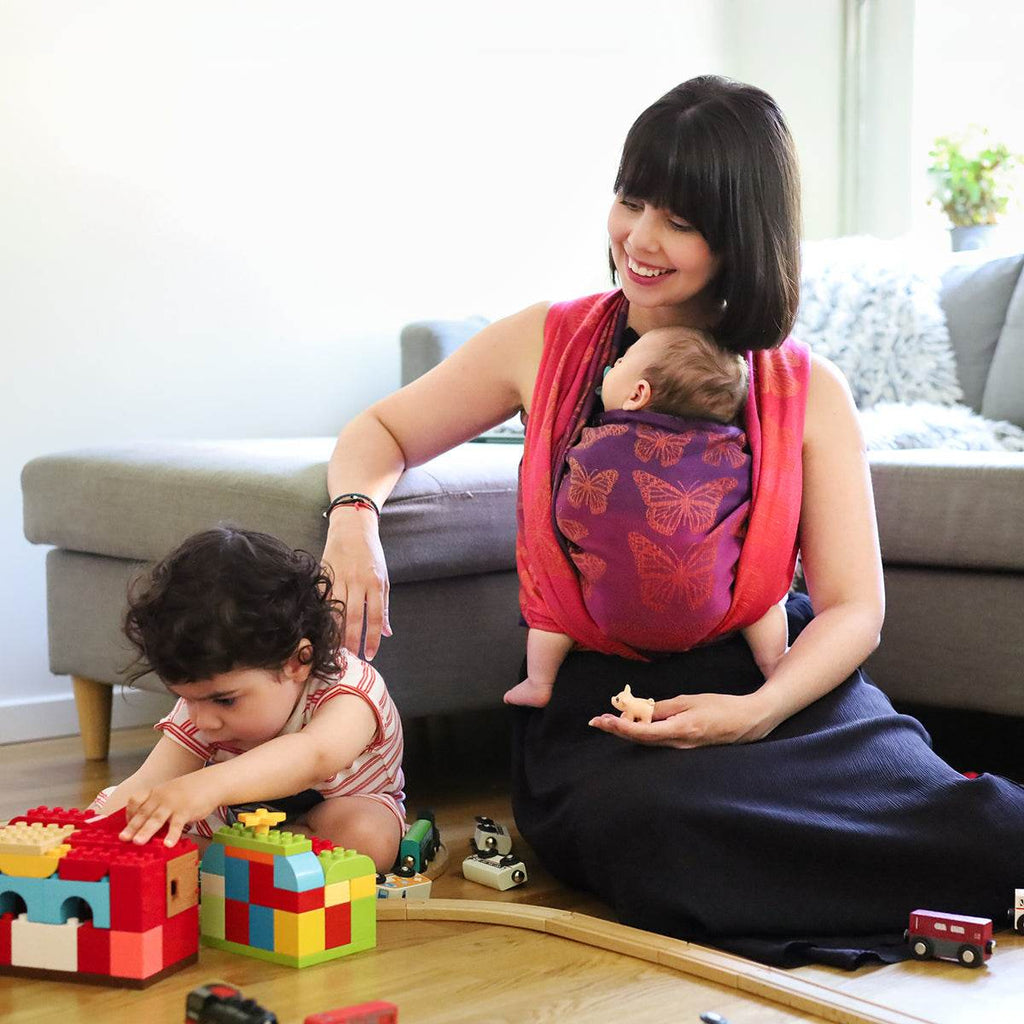
Best Baby Carrier For Newborns 2025
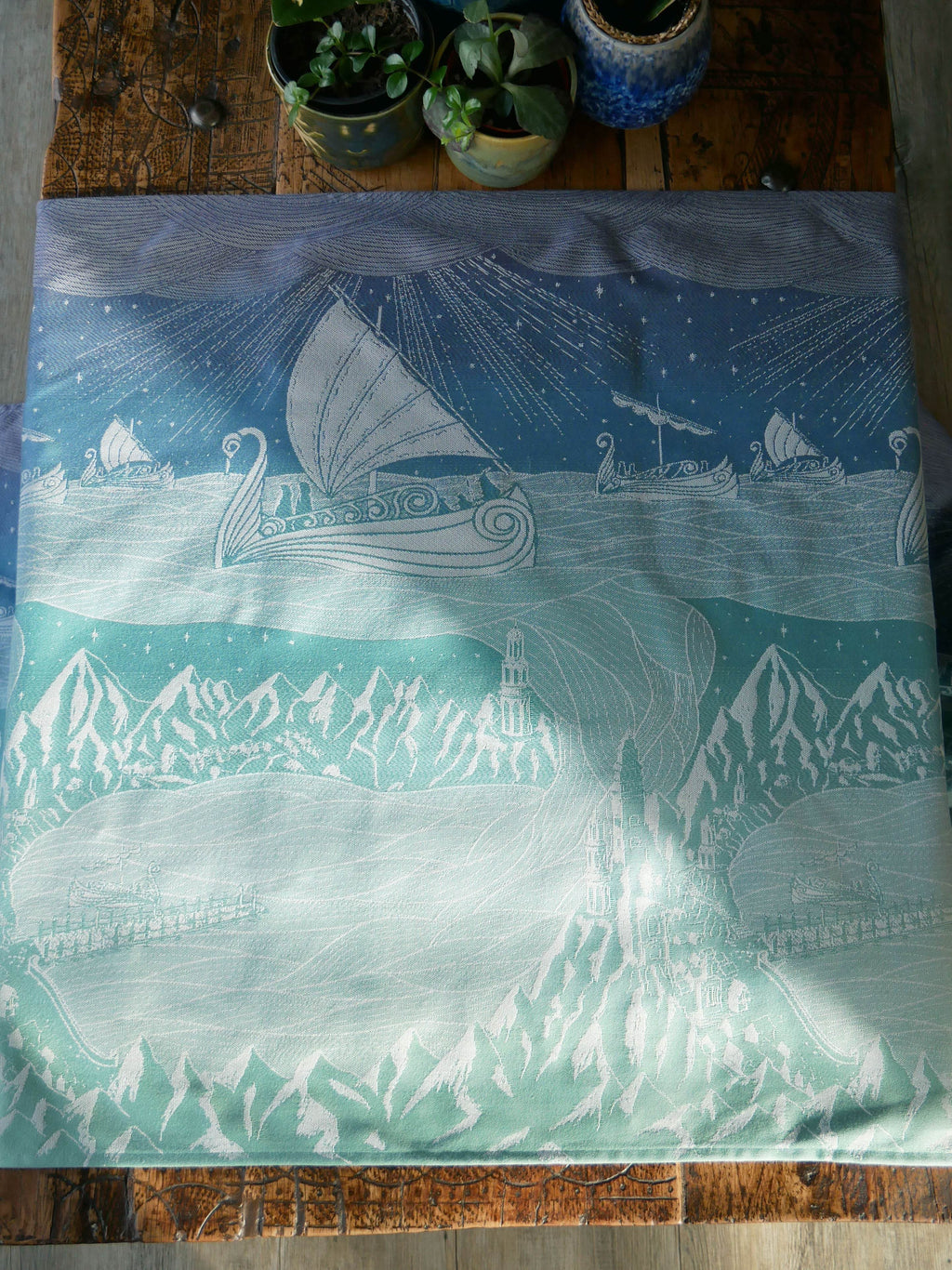
Grey Havens: Oscha Lord of the Rings Design Development
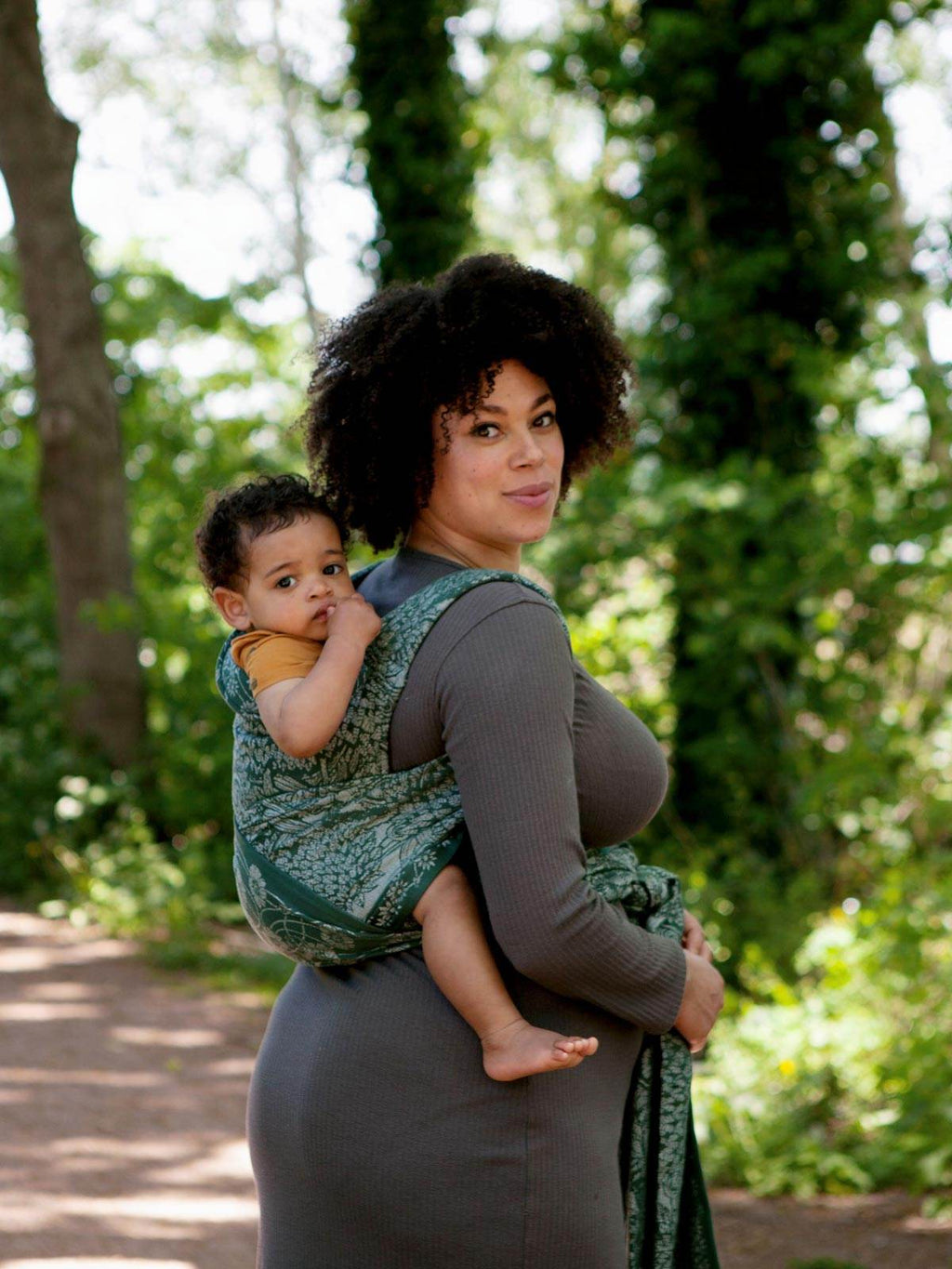
Can Baby Carriers Cause Back Pain?

The co-founder of Oscha & twin mum of 3, Zoe is a seasoned babywearer and is passionate about all things baby carriers and Middle-earth!
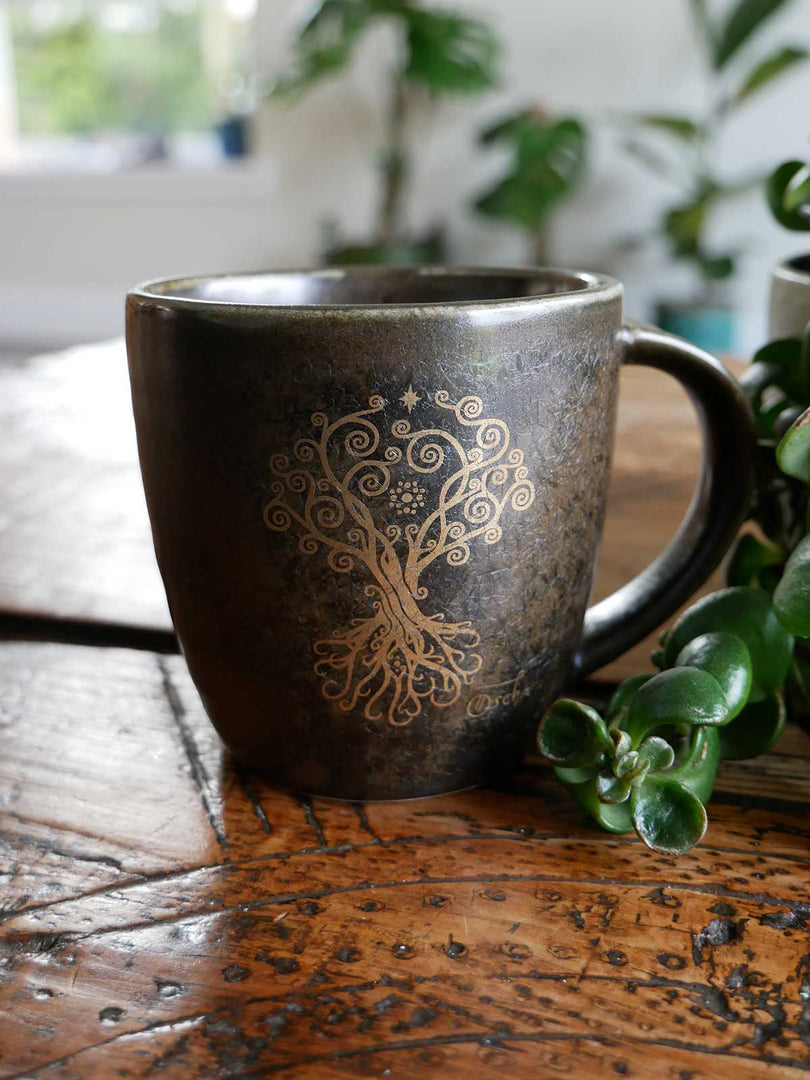

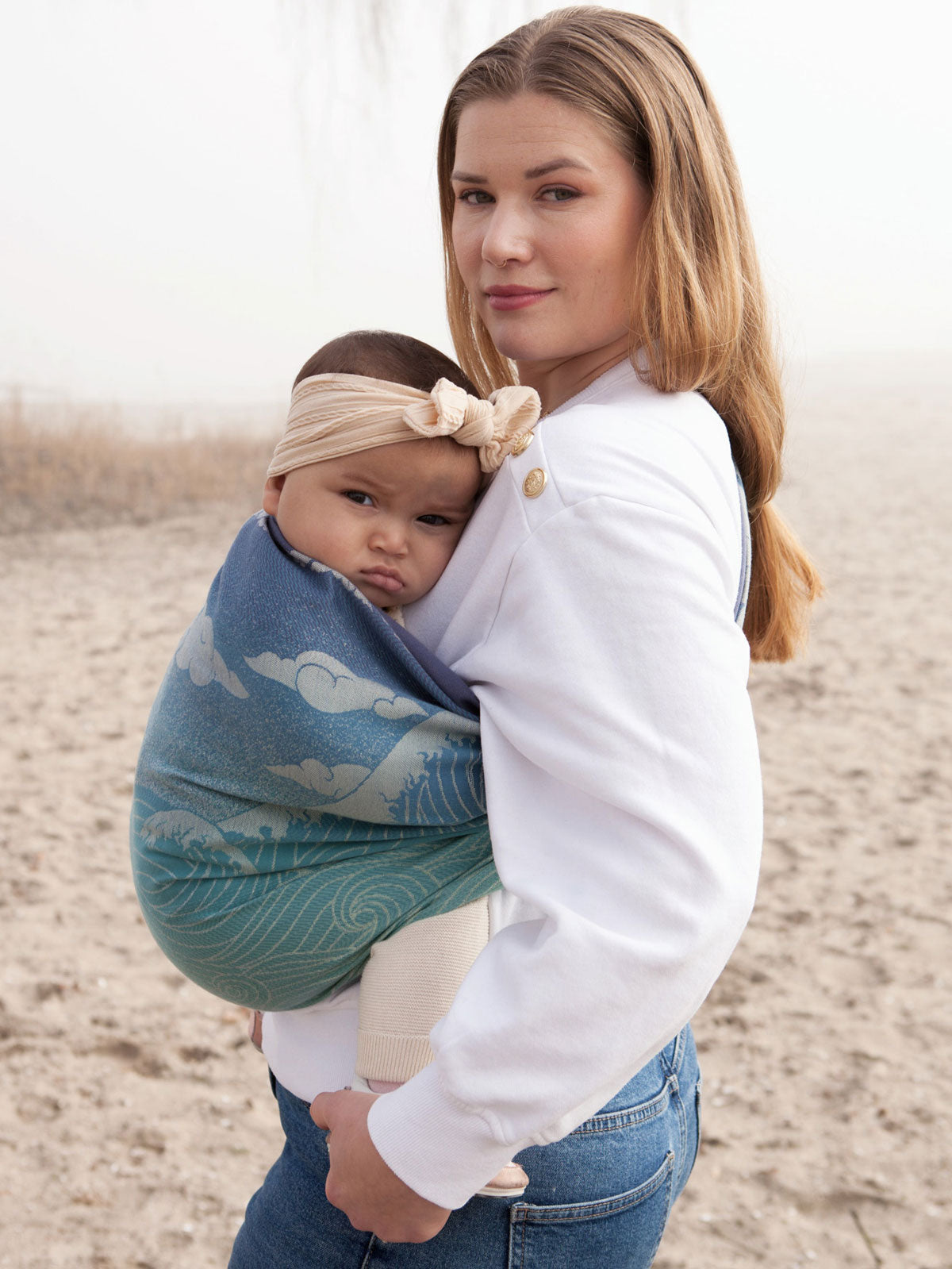
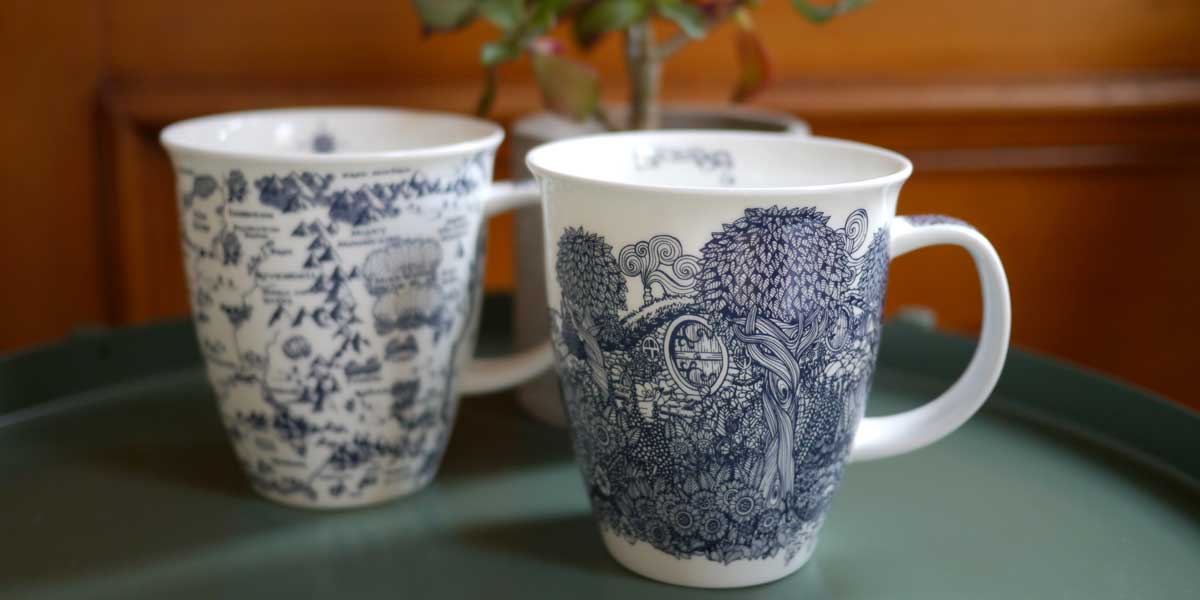
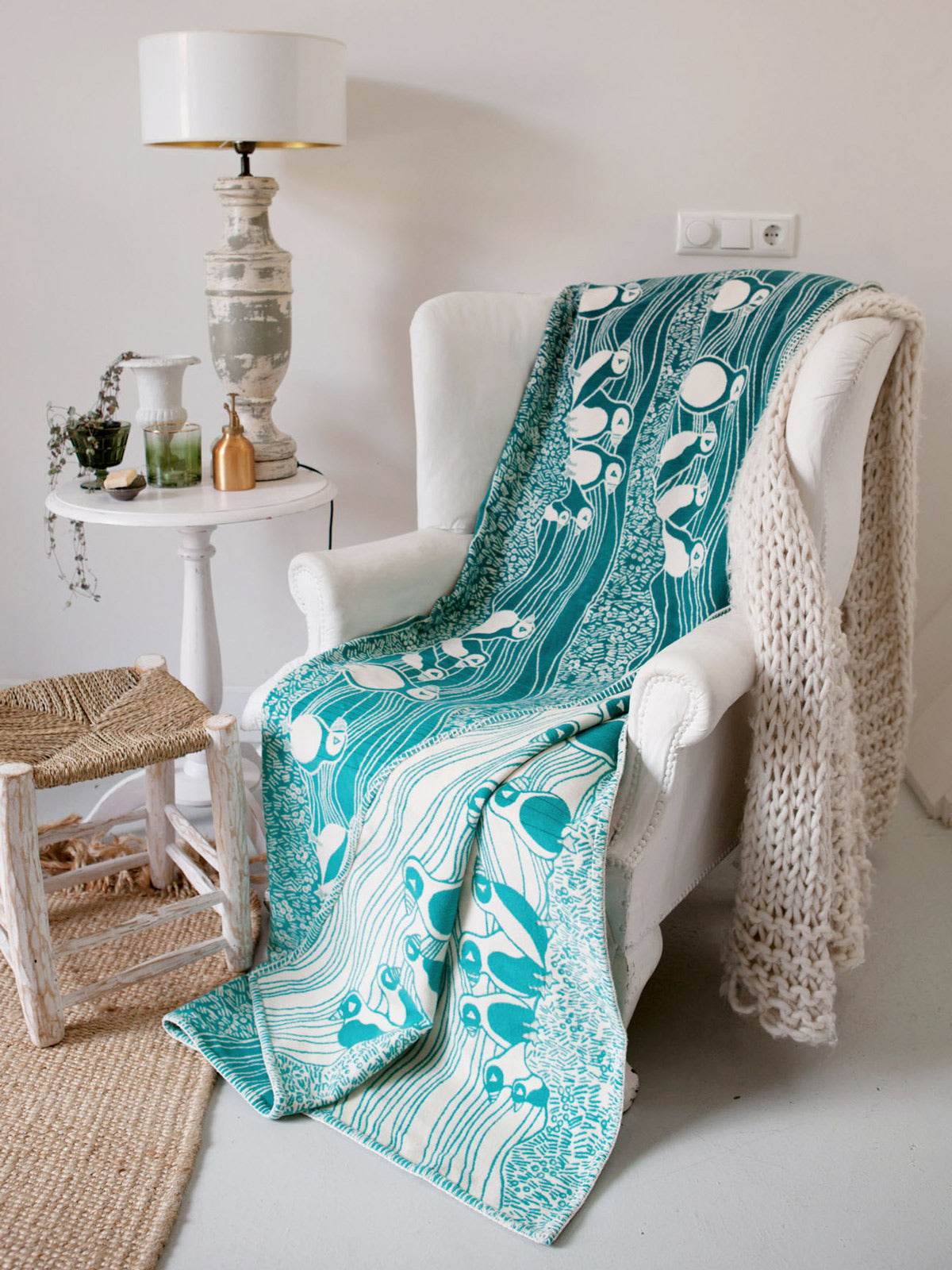
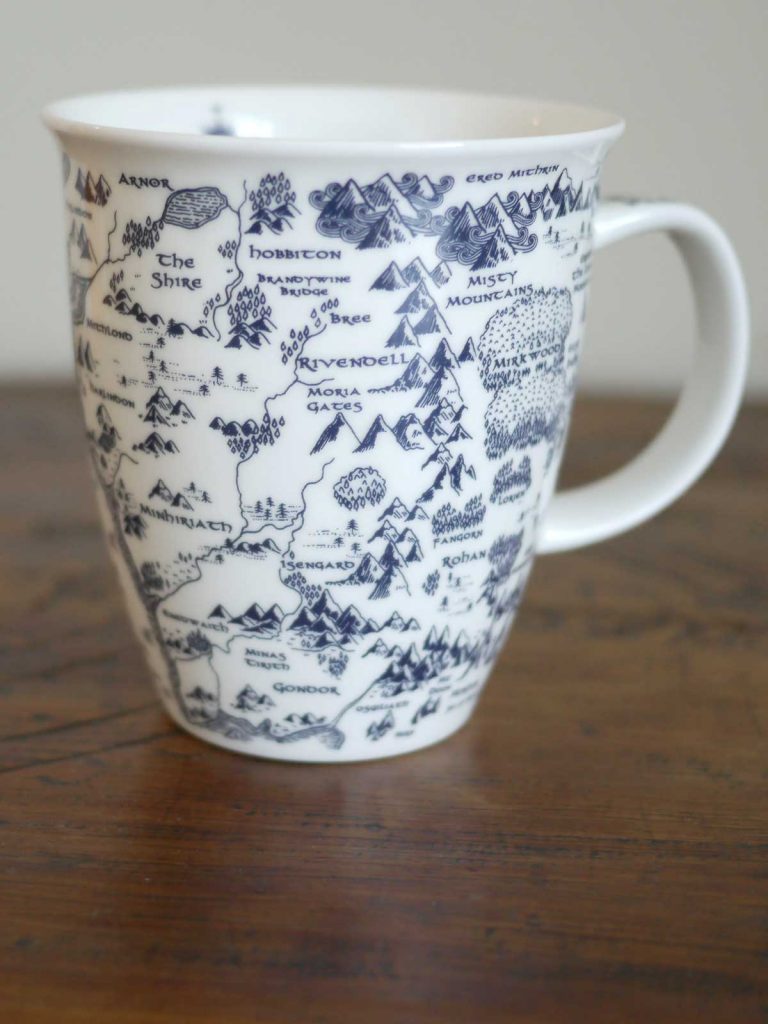
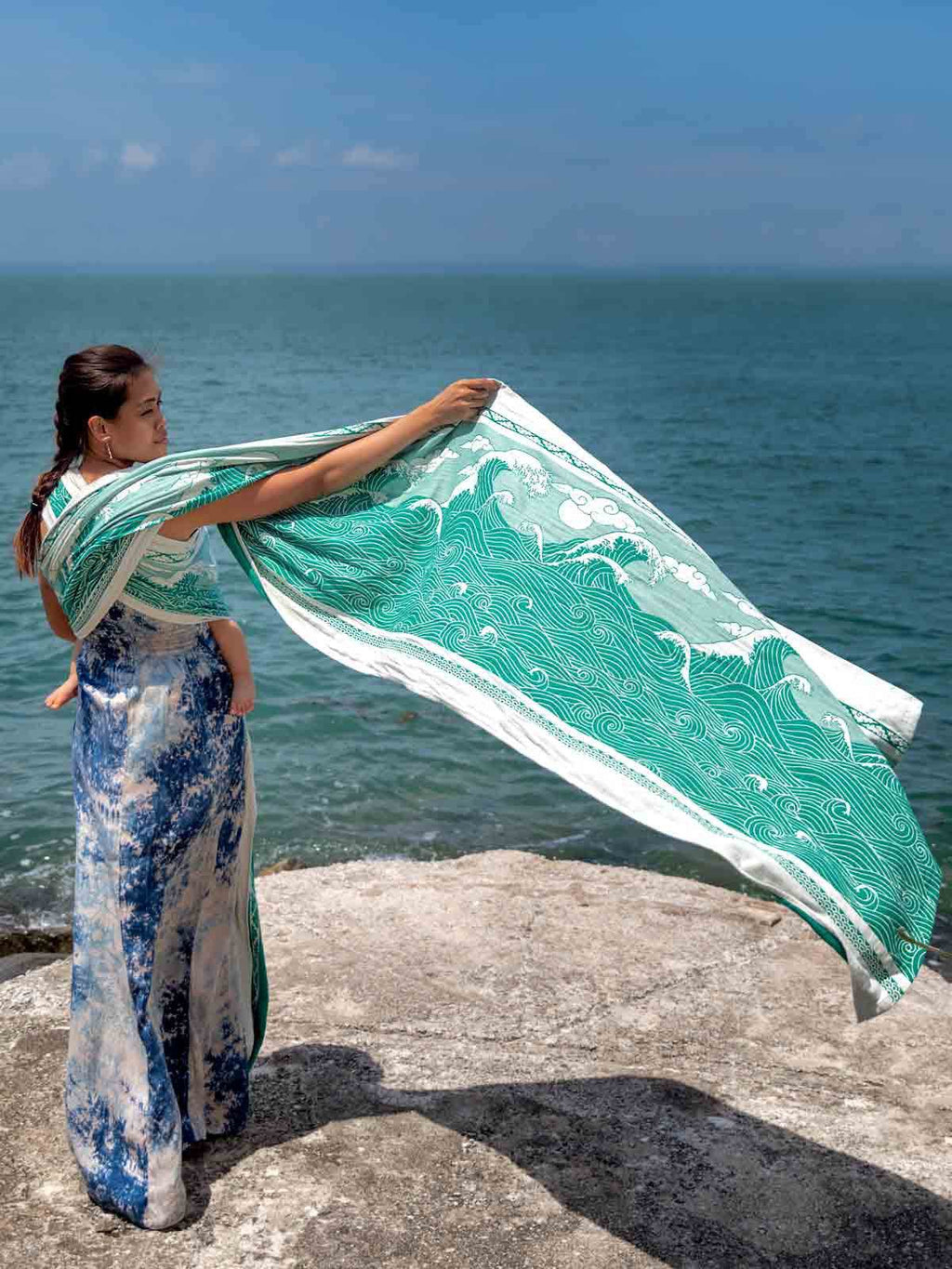

 https://oschaslings.com
https://oschaslings.com